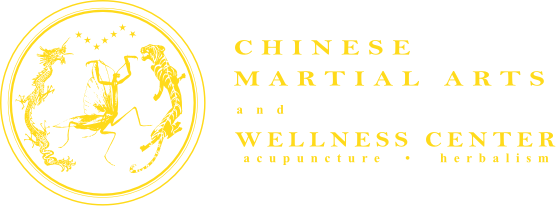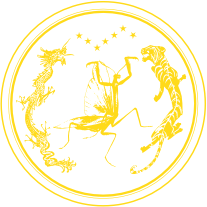
Qi Gong
Qi gong literally means “breath exercises” and is an integral part of Traditional Chinese Medicine, Chinese martial arts and spirituality. Its primary driving force was the search for health and longevity. Typically qigong is divided into two types.
One type is static (jing gong). This form of qi gong is usually practiced standing, sitting or lying down. The practitioner learns special techniques of breathing and focusing the mind (visualization). When practiced daily, it will promote the practitioner’s circulation and cultivation of qi. When we cultivate qi, we are developing our ability to fight or resist disease by strengthening our body internally (our organs). The practitioner learns self-healing of the body, mind and spirit. Examples of these types of qigong are the small and large circulation or microcosmic orbit, dantien breathing (standing qigong), six healing sounds, the inner smile and many others.
The second type of qigong is dynamic and is usually practiced in sets of movements and massage. The goal is to keep a proper balance between qi/ strength (dynamic tension) and mind/emotions (will). Internally, qigong can enhance the spirit, the qi, and the mind and body. Externally, it can strengthen the tendons, bones, etc. Examples of this form of qigong include Lo Han (luohan) qigong, Iron-Shirt qigong, Liangong, and many others.
The Chinese Martial Art School offers classes in both types of Qi Gong. There are also private lessons where you work with the head instructor one on one. The instructor will guide you through each step in learning the important points of Qi Gong, as well as the theory behind this powerful art.



